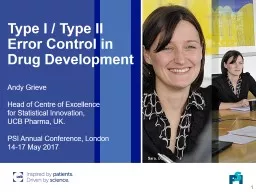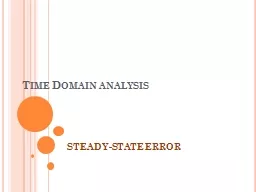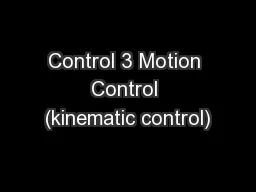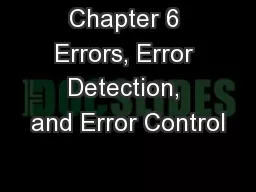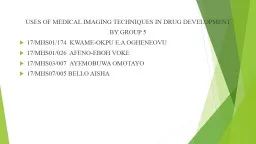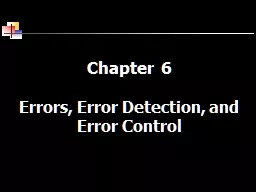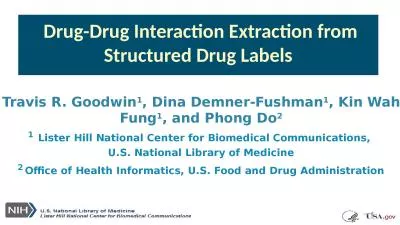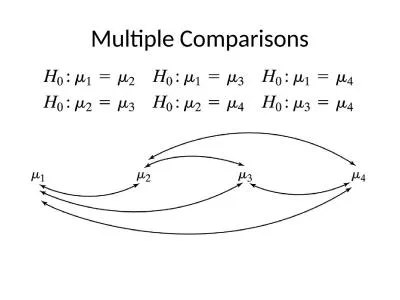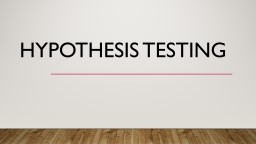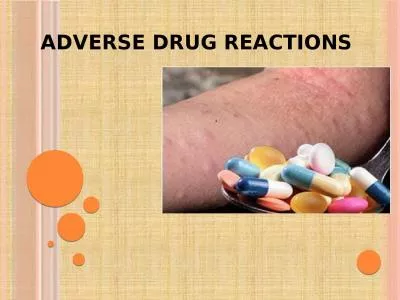PPT-Type I / Type II Error Control in Drug Development
Author : luanne-stotts | Published Date : 2017-12-14
Andy Grieve Head of Centre of Excellence for Statistical Innovation UCB Pharma UK PSI Annual Conference London 1417 May 2017 1 2015 2016 2002 2003 2006 2016 2007
Presentation Embed Code
Download Presentation
Download Presentation The PPT/PDF document "Type I / Type II Error Control in Drug D..." is the property of its rightful owner. Permission is granted to download and print the materials on this website for personal, non-commercial use only, and to display it on your personal computer provided you do not modify the materials and that you retain all copyright notices contained in the materials. By downloading content from our website, you accept the terms of this agreement.
Type I / Type II Error Control in Drug Development: Transcript
Download Rules Of Document
"Type I / Type II Error Control in Drug Development"The content belongs to its owner. You may download and print it for personal use, without modification, and keep all copyright notices. By downloading, you agree to these terms.
Related Documents

